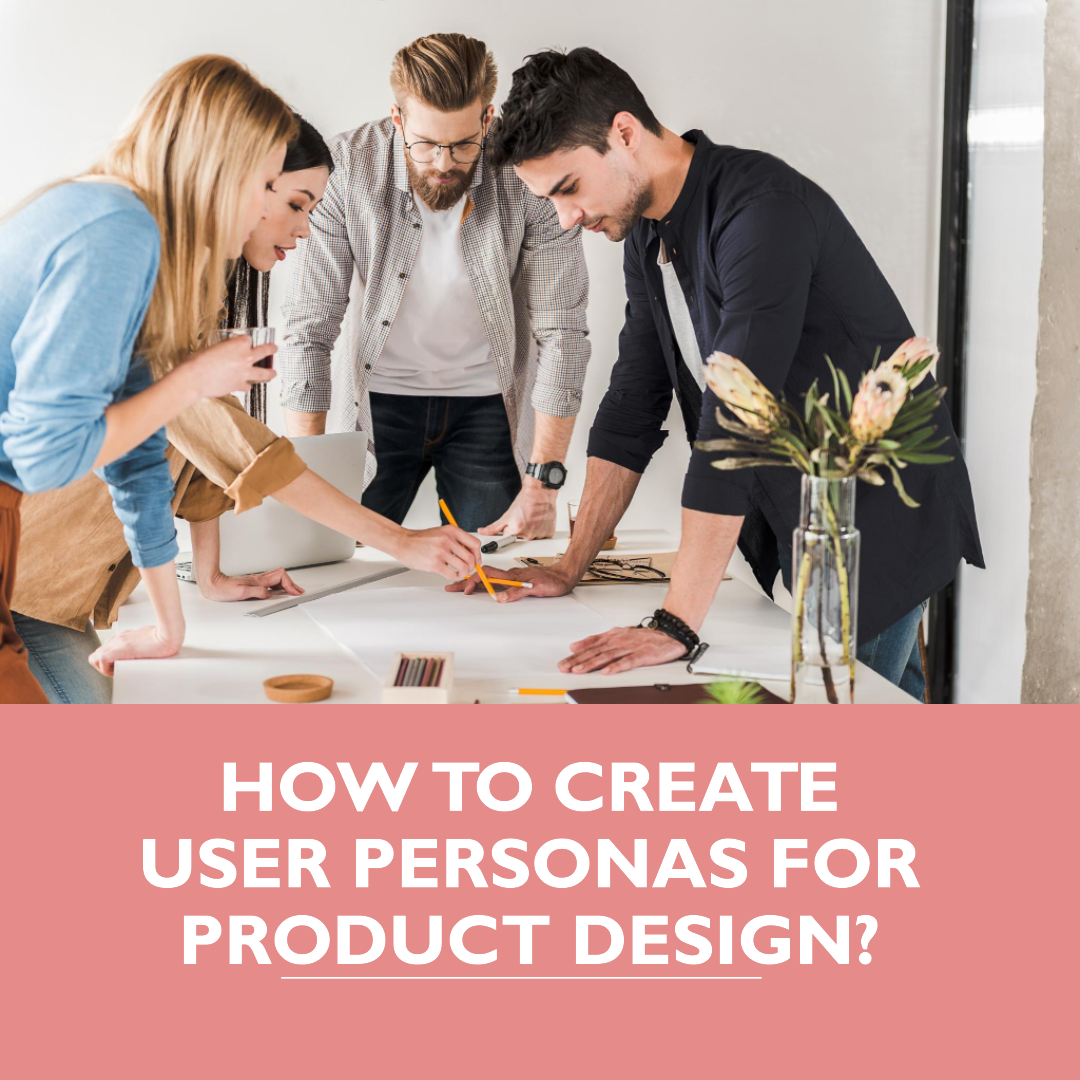How to create user personas for product design?
User personas are fictional representations of your ideal customers. They are based on user research and data, and they are used to help product designers understand the needs, wants, and pain points of their target users.
User personas are an important tool for product design because they help designers to:
- Focus on the user: User personas help designers to focus on the needs and wants of the user, rather than on their own assumptions or preferences.
- Make better decisions: User personas can help designers to make better decisions about the features and functionality of their products.
- Create more engaging products: User personas can help designers to create products that are more engaging and user-friendly.
How to create user personas
There are a number of different ways to create user personas. One common approach is to follow these steps:
- Collect data: The first step is to collect data about your target users. This data can be collected through user surveys, interviews, analytics, and other methods.
- Identify patterns and trends: Once you have collected data, you need to identify patterns and trends. This will help you to identify the different types of users that you have and their needs, wants, and pain points.
- Create user personas: Once you have identified the different types of users that you have, you can start to create user personas. Each user persona should represent a different type of user, and it should include information such as demographics, goals, pain points, and motivations.
Here are some tips for creating user personas:
- Use real data: When creating user personas, it is important to use real data. This will help to ensure that your user personas are realistic and representative of your target users.
- Be specific: Your user personas should be specific and detailed. This will help you to better understand your target users and their needs.
- Use stories: User personas should be more than just lists of facts and figures. They should be stories about people. This will help you to connect with your target users on a human level.
Here is an example of a user persona:
User Persona: Sarah
- Demographics: 35-year-old female, professional, married, two children
- Goals: To be able to cook healthy meals for her family quickly and easily
- Pain points: She doesn’t have a lot of time to cook, and she often has trouble finding recipes that are healthy and easy to make.
- Motivations: She wants to eat healthy meals and to be a good role model for her children.
How to use user personas in product design
User personas can be used in product design in a number of ways. For example, designers can use user personas to:
- Identify the needs of the user: User personas can help designers to identify the needs of the user and to prioritize the features and functionality of their products.
- Make better decisions about product design: User personas can help designers to make better decisions about the design of their products, such as the layout, navigation, and user interface.
- Test their products: User personas can be used to test products and to get feedback from users.
Here are some tips for using user personas in product design:
- Keep your user personas in mind throughout the design process: It is important to keep your user personas in mind throughout the design process, from ideation to implementation. This will help you to ensure that your product is designed to meet the needs of your target users.
- Share your user personas with your team: Sharing your user personas with your team can help to ensure that everyone is on the same page and that the product is being designed with the user in mind.
- Update your user personas regularly: User personas should be updated regularly as you learn more about your target users. This will help to ensure that your user personas are accurate and up-to-date.
By following the tips above, you can create user personas that will help you to design better products for your target users.tunesharemore_vert








